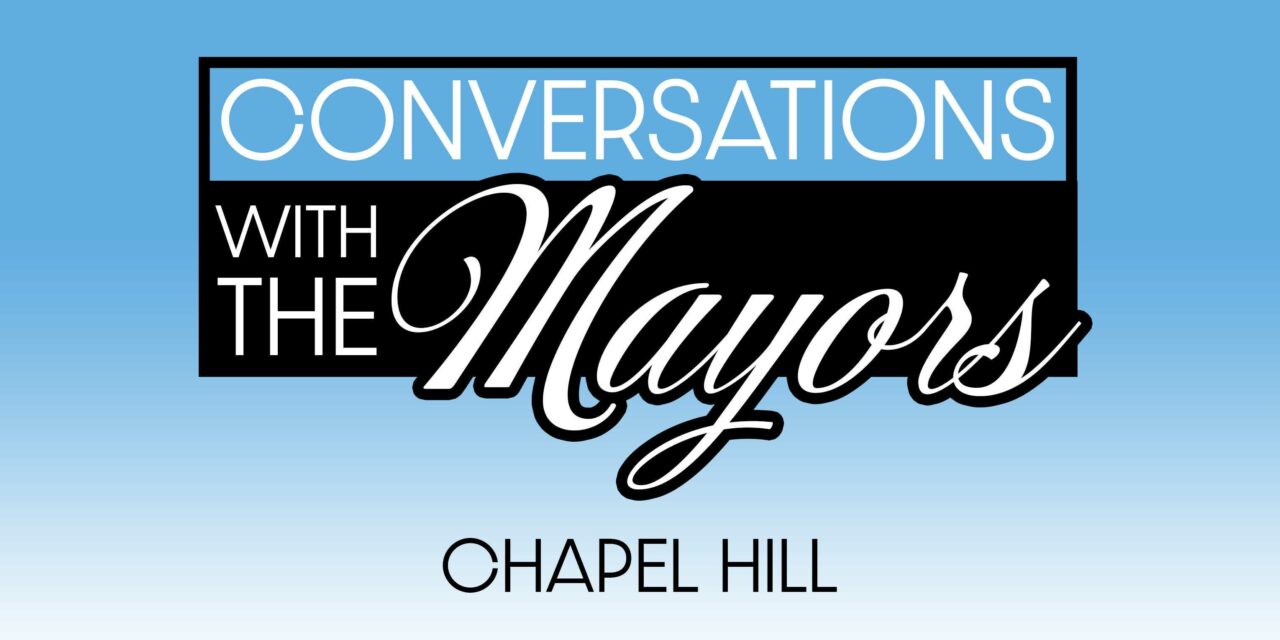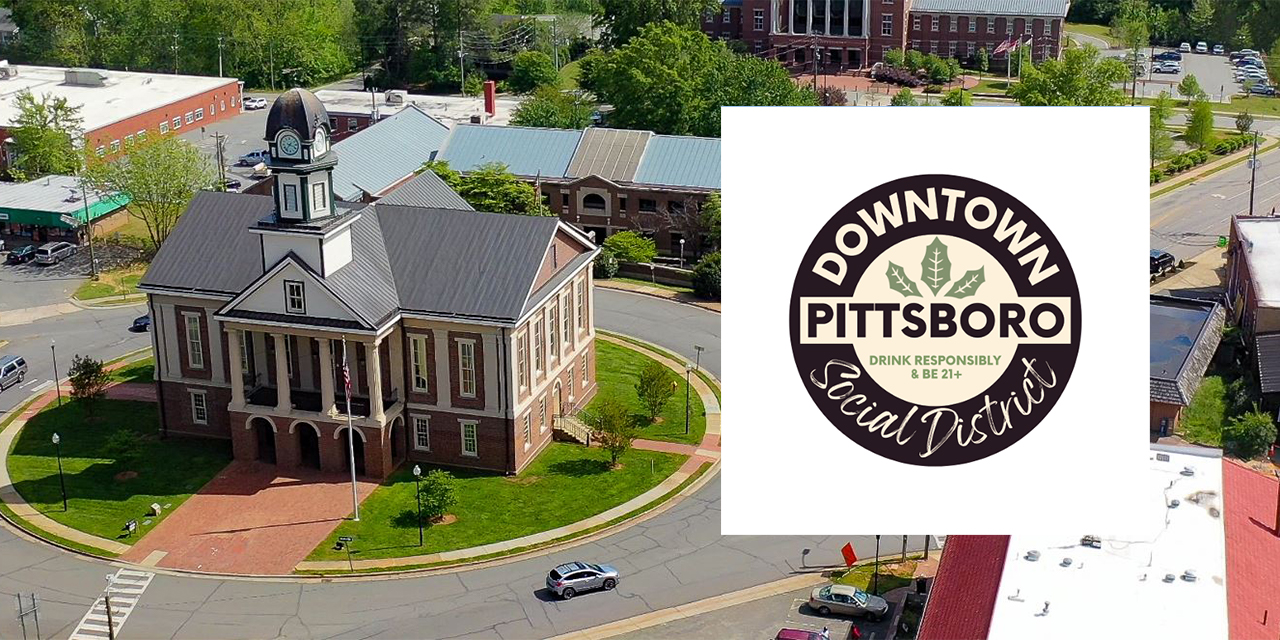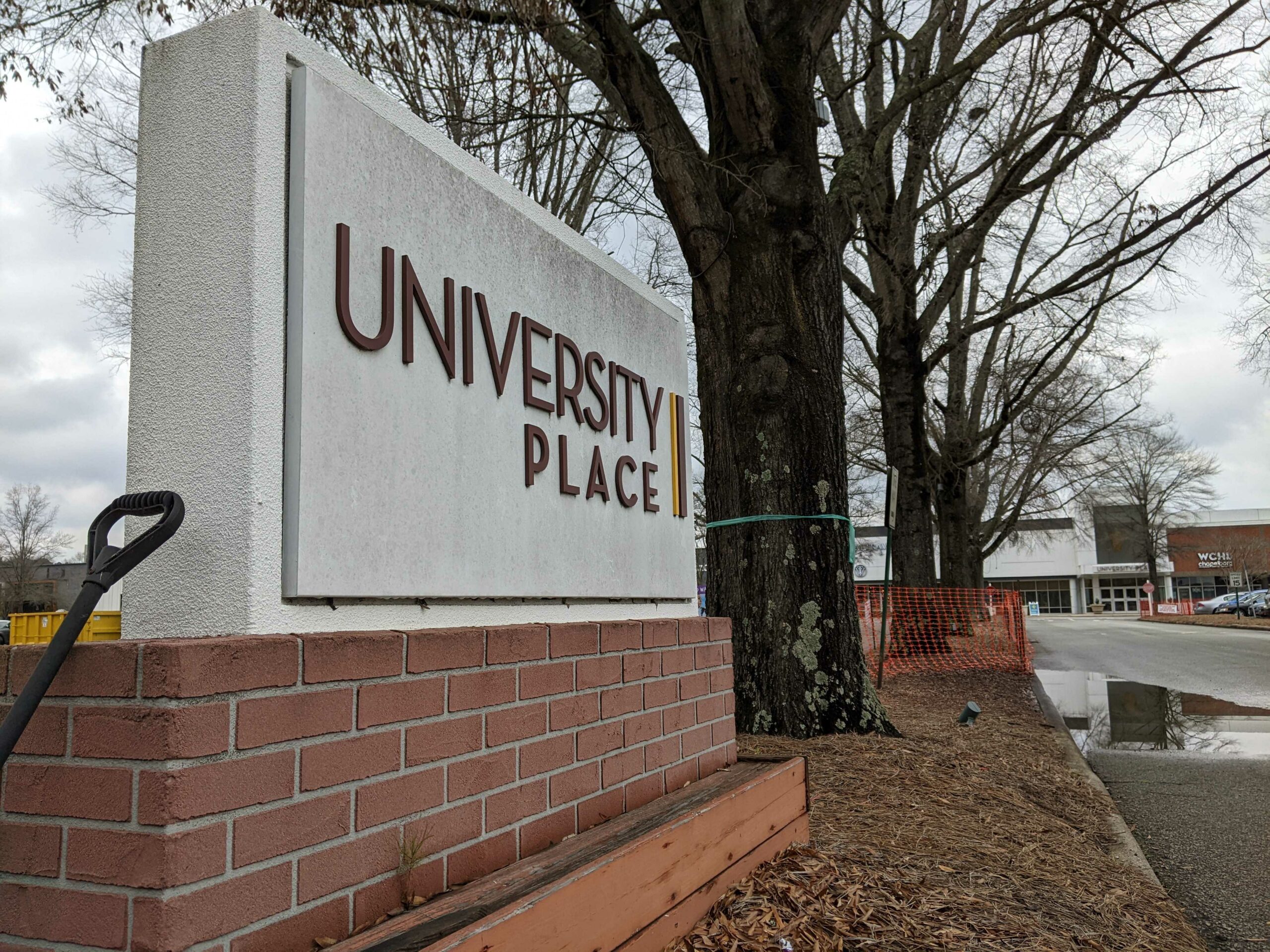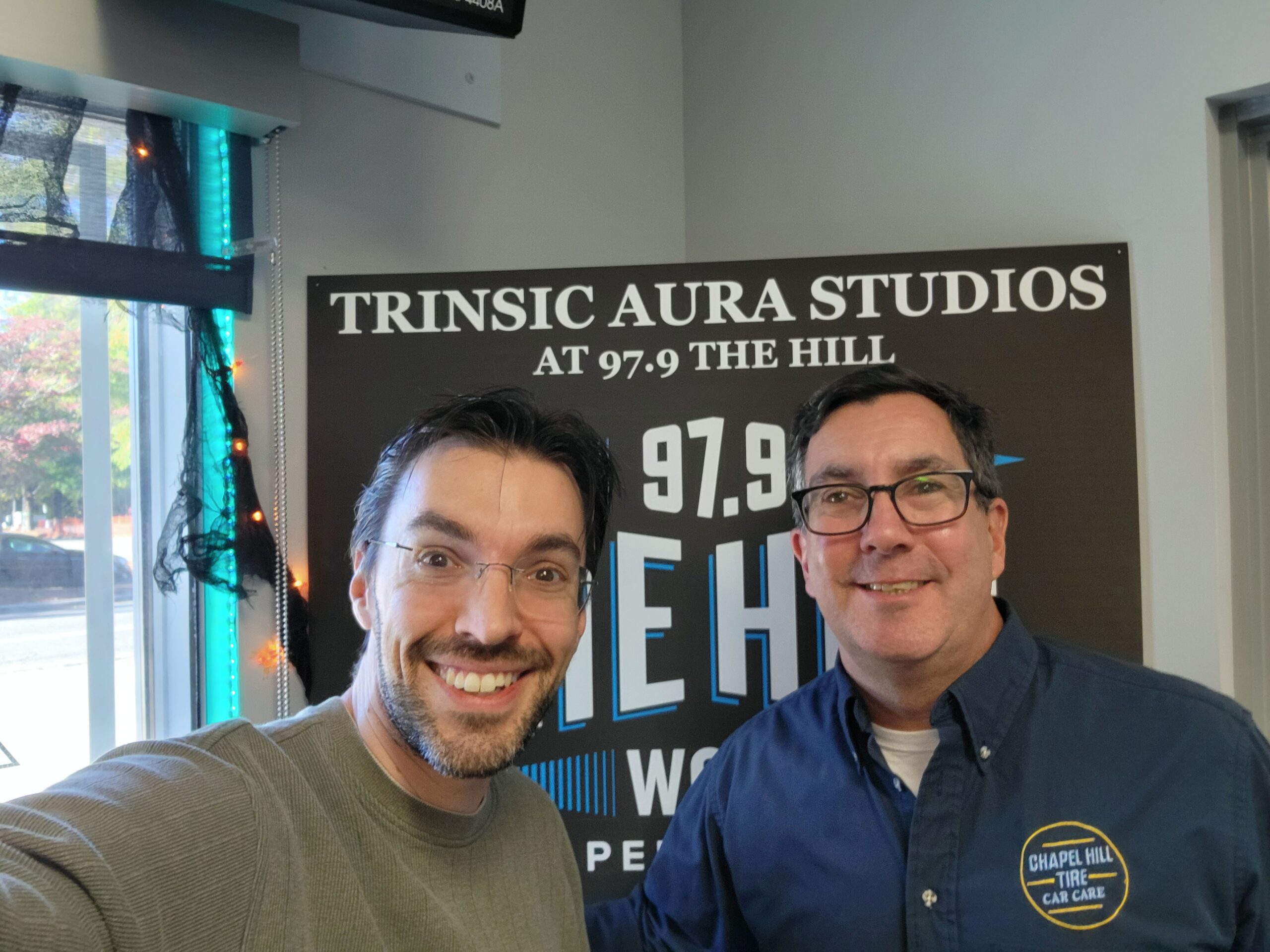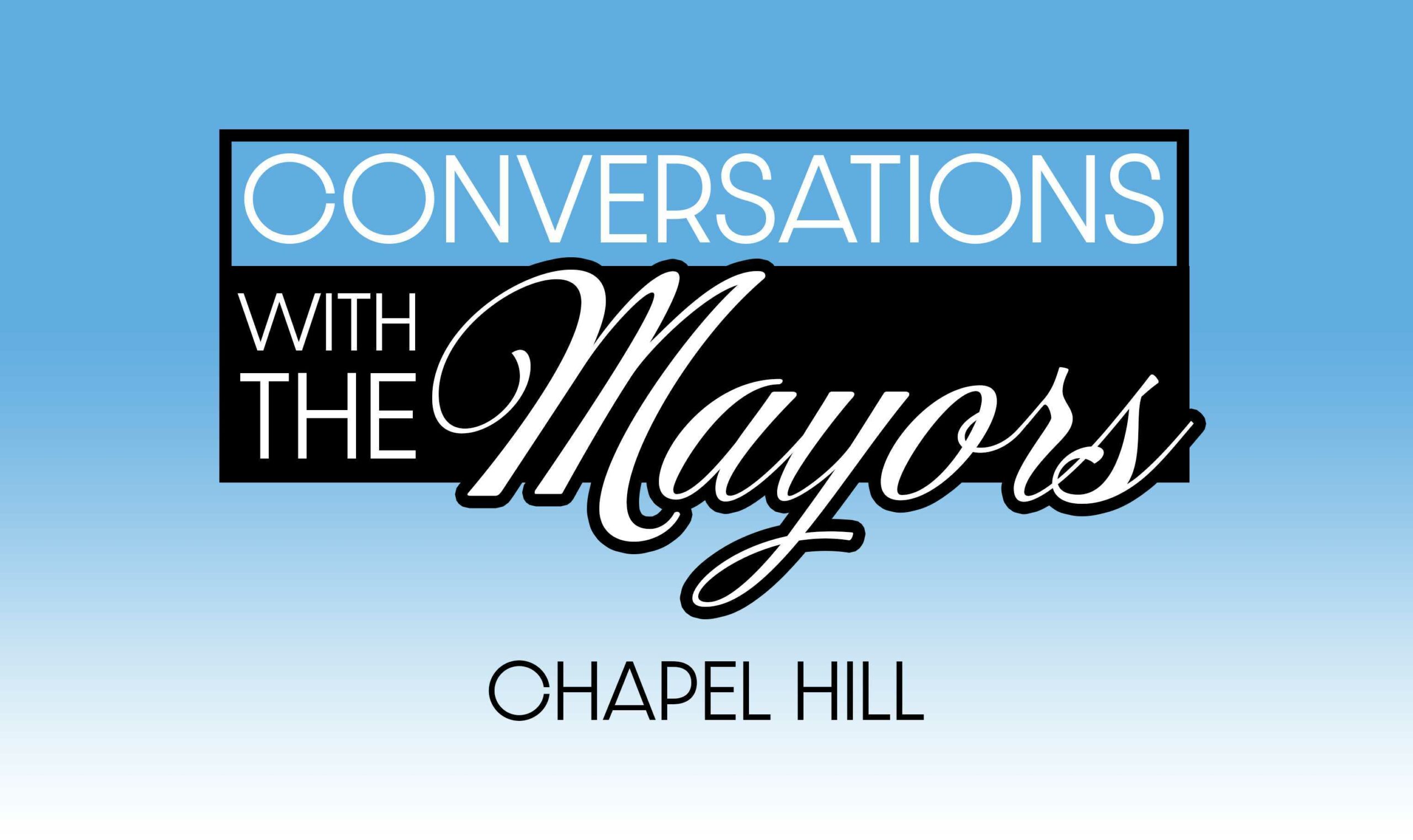Chapel Hill Mayor Pam Hemminger spoke with 97.9 The Hill’s Andrew Stuckey on Thursday, July 28. She discussed the ongoing Franklin Street resurfacing project, a big grant the Town just received, and some events happening around town. This is an edited transcript. Listen to the full interview here.
Andrew Stuckey: We are visiting with Chapel Hill mayor Pam Hemminger. Pam, how are you today?
Pam Hemminger: I’m well, thank you. I just came back from the airport. I had company visiting for the last few days. It was fun to show off Chapel Hill. She lived here 25 years ago, so it’s changed a little bit over that time. We had a lovely time having lunch downtown. We were at roots kitchen and then went over to Que Chula, one day walked to campus and went to play pickleball, a very welcoming crowd there. We walked two greenways, went to see the stormwater basin after the big storm, we had to make sure it was holding. I keep an eye on that one. Walked through campus and just did some fun things. And like I said, it made me feel really good to show off Chapel Hill. Even though it was hot, there’s still a lot out there going on in wonderful Chapel Hill!
Stuckey: That’s great. It’s always fun when you’ve got somebody visiting from out of town to show off your hometown for anyone, but I can only imagine if you’re the mayor it’s extra fun.
Hemminger: What kind of things would you show to somebody?
Stuckey: Well, I’m relatively new here still and I live down in Pittsboro, so I’d probably start down in Pittsboro with a couple of the parks there. But then for the couple of people that have come to visit, we do come up to Chapel Hill to check out campus and Franklin Street. We usually eat at a restaurant and make our way over to Carrboro as well. So I’m still learning the ropes on things to do here in Chapel Hill, but as I said, it’s always super fun to show off a town to somebody who hasn’t been there in a long time or doesn’t know it at all.
Hemminger: Yeah. And people have heard about Chapel Hill, so it’s a lot of fun for them to get a visual of it. And we have such great places. I mean, the botanical gardens. Like I said, I know it’s hot, but we had a ball walking in the Greenway because all kinds of people were out. It was like a people highway. It was really nice to be out there. It could have been a little cooler for me, but there are still fun things going on in town. The Franklin Street repaving is almost complete, yay, and the [UNC] fall semester begins on August 15th. So we’re going to be ready for that. We still have to put the lines down and still figure a few of the details like that out. But the repaving part itself has been finished, which is “yay!”
Stuckey: I have heard a couple of people talk about the lines right now. There are temporary lines on the road at the moment. Is that correct?
Hemminger: It is. They’re still lining up the bicycle lanes and we’ve condensed to just one lane either way on West Franklin Street. We found that during the pandemic when we had the expanded sidewalk, which we want to put back when we take the street back over, we didn’t need two lanes going each way. It slowed the cars down. It hadn’t caused any traffic jams. I know on East Franklin we had some difficulties with the expanded sidewalk and they’re trying to line everything up better but look for good changes to come. It’ll take a while before DOT will release the street to us and then we can start doing some things to make it even better for pedestrians and bicyclists alike.
Stuckey: I wanted to ask a follow-up about the bike lanes. Somebody had told me that the bike lanes are planned to be a curbed bike lane, then a parking lane, and then a driving lane so that the bikes are protected from cars. Is that accurate?
Hemminger: We’re still gauging that right now. DOT only allows a certain way at this point in time so we’re going to have to live with what they put out there right now and we’re going to gauge how well it works. Then we’ll see if we’re keeping it that way or changing back to the other way. There was a big debate about whether it was going to be curb running and there are a lot of studies out there that say both ways have their positives and their negatives. We’re trying to figure this out and fortunately, we get some time to play with it. So it’s good. It’s just paint at this point in time, so we can figure it out.
Stuckey: Excellent. And again, the timeline on that is a little bit up in the air because it’s contingent on DOT releasing control of the street to the town.
Hemminger: Correct. And they know we want to do this. I’m hopeful it’ll go quickly. We wanted them to finish the repaving and then we’ll figure it out. And we’ve come up with a basic planter that we’d like to have as the standardized planter for downtown to add some more color and vibrancy, but also to use them for bumping out curbs and things like that to help with better pedestrian crossings. So we’re going to figure this all out and get it going while we’re waiting on that permission.
Stuckey: We had news across the desk yesterday that seemed pretty exciting for the town, a $375,000 grant from Blue Cross and Blue Shield of North Carolina. What can you tell me about that?
Hemminger: We were very, very pleased to get this grant. We’ve been working on this project, the Building Integrated Communities project for a long time. It’s outreach and building knowledge and engagement with our foreign-born and refugee communities. We’ve been implementing these strategies like providing town emergency messaging and other communications in these different languages and interacting and asking refugee groups and people of different languages, “What things do they need that aren’t working for them? What things can we improve and how we can do this?” And this grant will allow us to hire a full-time coordinator to expand this work. It’s been an model for other communities across the country as we all learn how to do better together with building integrated communities. I don’t know if you’ve been to other cities where things are only in one language, but that really puts people at a disadvantage, especially with emergency things going on with climate change and other things. When we had hurricanes come through here years and years ago, it was only being broadcast in one language. We now do a much better job of reaching out, making sure people are aware to stock up on the bottled water, or that something’s going on in town. That’s fun and exciting activities that are happening. So it’s really helpful to be able to communicate in many languages and understand better how to build a stronger community.
Stuckey: You mentioned that one of the things that will happen with that grant is creating a new position. When will that be posted?
Hemminger: I’m not sure exactly. We just got the announcement of the award, so I’m sure they’re working feverishly. That was part of the grant, that we wanted to do that. So they’ll put the posting out as soon as they can get that out.
Stuckey: Was there anything else that was part of the grant that will be part of how that money gets allocated?
Hemminger: Being able to hire some translators, to be able to help us with the messaging. We do pay people to help us with translations since we don’t have everyone on staff and that’s part of this and there are some other things to hold community meetings and to be able to interact with folks. So that’s part of the grant as well.
Stuckey: Is there anything else that you’d like to mention? We’ve got about a minute left, it looks like.
Hemminger: I’ve been getting some questions about flash vote. Our communication staff has found this tool to use for gathering public input. It’s not going to replace the other things we do, it’s adding onto. It’s just an easy way for people to provide us with feedback on issues in a quick and timely manner. It does it with a quick survey that takes less than a minute to complete, and the results are posted out there from the survey within 48 hours. We’re thinking that we’ll put about four to eight surveys out per year and again, it’s not replacing anything. We want people to participate in every way possible for public input. You can go to the town website and sign up for that. We’re excited to try a new tool for gathering input. People can’t always come to a meeting, so we’re hopeful this tool will add to that opportunity and complement it, and that’ll give us some more information on current things that we’re thinking about projecting or things going on. So again, flash vote, if you see it, sign up. You’re not going to get blasted every week or every month. It’s going to be just a few times a year.
Stuckey: What’s that going to look like for residents if they sign up for it? Is it an app? Is it an email? Is it web-based?
Hemminger: I received it as an email and it seems to be web-based. I’m sure it’ll be available on the phone as an app eventually if it’s not already, but right now it’s email-based as far as I know.
Stuckey: Pam, it’s always a pleasure. Thank you so much and stay cool out there over the weekend.
Hemminger: Thanks.
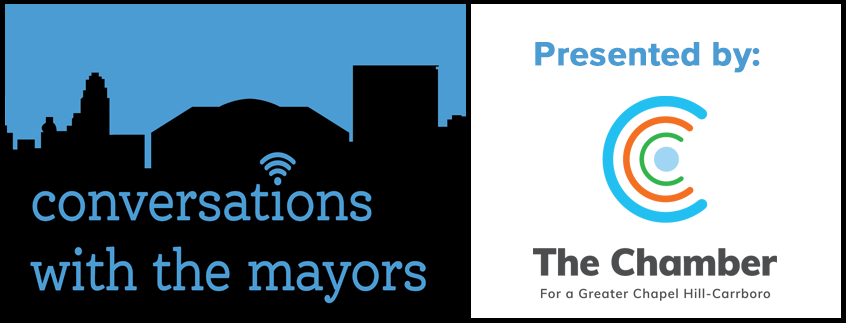
Listen to News on The Hill each week to hear the latest Conversations with the Mayors! The elected leaders of the Chapel Hill, Carrboro, Hillsborough and Orange County governments join 97.9 The Hill to discuss the latest stories from around town and our community. Listen to all episodes here!
Conversations with the Mayors is presented by The Chamber for a Greater Chapel Hill-Carrboro.
Chapelboro.com does not charge subscription fees, and you can directly support our efforts in local journalism here. Want more of what you see on Chapelboro? Let us bring free local news and community information to you by signing up for our biweekly newsletter.

